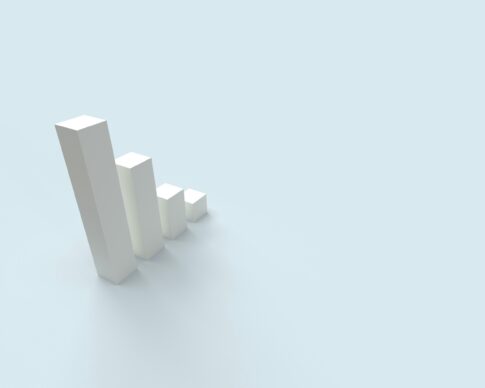Today, I will explain the following site. (AI generated)
円相場の行方はFRBが左右か-日銀追加利上げの可能性は不透明 …
As experts in the field of USD/JPY foreign exchange trading, it is essential to understand the factors that influence the exchange rate between these two major currencies. The USD/JPY pair is particularly sensitive to the monetary policies of the Federal Reserve (Fed) in the United States and the Bank of Japan (BoJ). The recent decision by the BoJ to end its negative interest rate policy without providing clear guidance on future rate hikes has introduced a risk of the yen reaching a 34-year low against the dollar. Short-term directionality seems to hinge on the Fed’s moves.
The impact of the Federal Reserve on the USD/JPY exchange rate cannot be overstated. As traders anticipate the release of the Fed’s latest interest rate projections, known as the dot plot, following the Federal Open Market Committee (FOMC) meeting, the yen has weakened further. If the yen continues to depreciate rapidly, verbal intervention by Japanese currency authorities may become more likely after March 21st. While a weaker yen supports Japanese stocks and sustains the popularity of carry trades—where the yen is used as a funding currency—it also tends to lead to inflation, which can affect Japanese households and may result in political pressure to curb currency depreciation.
The Bank of Japan’s policy decisions have left the market with a level of uncertainty, as there is no consensus among analysts on additional rate hikes. The current policy interest rate in Japan is set at 0-0.1%, compared to the Federal Funds rate in the US at 5.25-5.5% and the European Central Bank’s (ECB) policy rate at 4.5%. This discrepancy in interest rates is a critical factor for forex investors to consider when trading USD/JPY.
Forex investors looking to profit from USD/JPY trading need to be adept at anticipating market movements. Understanding the interest rate differentials between the US and Japan is crucial for making informed decisions. Additionally, the concept of carry trade, which involves borrowing in a low-interest-rate currency like the yen to invest in a higher-yielding currency, presents both risks and opportunities that investors must navigate carefully.
Recent performance of the yen and key economic indicators show the currency approaching its 2022 low against the dollar, trading around 151.48 yen to the dollar as of the afternoon of March 20th. Against the euro, the yen has hit its lowest point since 2008. Analysts’ predictions for the yen following the BoJ’s decisions indicate a lack of expectation for significant rate hikes by the end of the year, suggesting that additional rate hikes are not the base scenario for most analysts. However, the possibility of further BoJ rate hikes cannot be ruled out, adding to the uncertainty in the market.
Political and economic factors, such as potential verbal interventions by Japanese authorities and the impact of inflation on households, may affect the USD/JPY exchange rate. Investors should stay informed of these developments to make strategic decisions in their trading endeavors. As a professional editor for Yen.jp, it is our mission to provide investors with accurate and actionable insights to help them achieve profitability in their USD/JPY trading activities.












